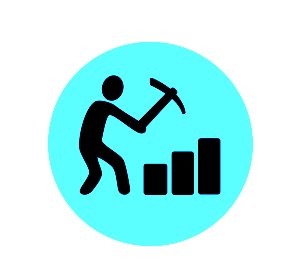The Couple of Best Programming Languages for Data Mining || Univ_Techs
Data mining
heavily relies on computer processing and a data collection. Data
mining tools are used to precisely predict future behaviors and drifts
thus allowing businesses to make informed decisions. There are several
techniques for data mining and these include looking for incomplete
data, dynamic data dashboard, and database analysis.
Programming Languages used for Data mining
There are several programming languages used for data mining, the main ones include the following:
1. R
R is a language that dates back to 1997. It was a free substitute to
exorbitant statistical software such as SAS or Matlab. R programming
language can be used to sift through very complex data sets and to
create very sleek graphics that represent numbers in few code lines.
This language has the most ideal asset as well as a supportive ecosystem
that has been developed around it.
New features and packages were frequently incorporated into its
robust function sets. R is ranked as being the most popular language
with regard to data science. Its use is on the rise especially for data
mining and financial modeling. In financial modeling, it is used as an
effective visualization tool.
2. Julia
Most of the data mining is currently done by SAS, R, Matlab, and Java but this still leaves a gap that Julia fills. This programing language has been widely adopted by the data mining industry because of a number of reasons:
• It is a fast language.
• It is of high level.
Julia is intended to offer the ease of use and productivity of Python
with the mathematical prowess of Matlab and the performance of C so you
can do it all in one. It supports parallel distributed computing and
can be used interactively with data science notebooks like Jupyter. It
also supports Lisp-like macros. It is very promising as its data
community is in the infancy stage and needs additional packages to be at
the same level with Python and R.




Comments
Post a Comment